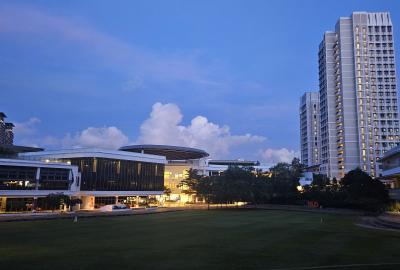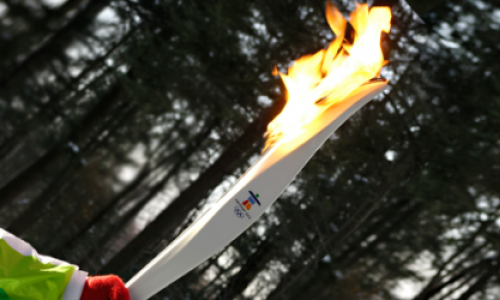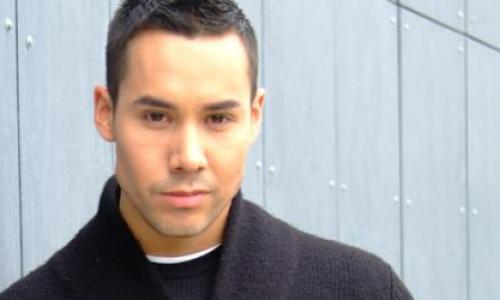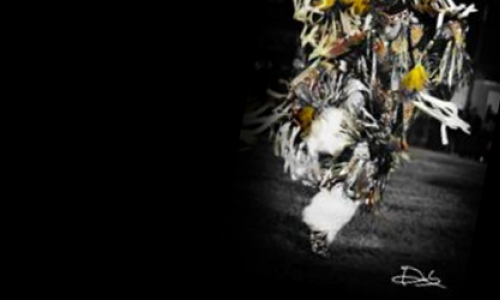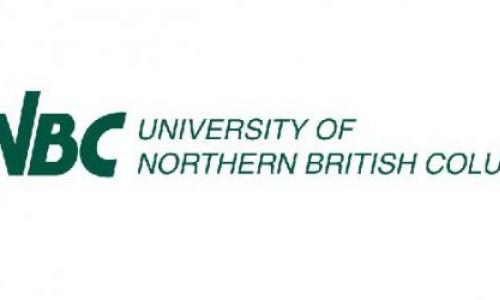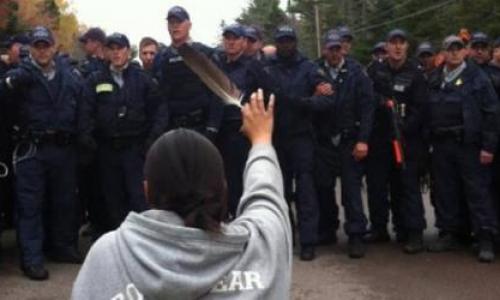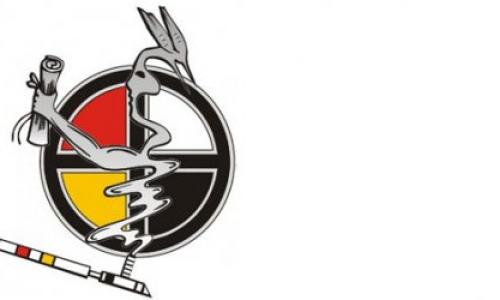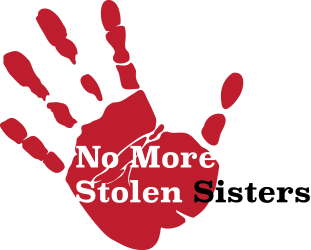
The Q&A you never knew you needed… but you do.
More and more Indigenous women, girls, two-spirit and men are going missing everyday. It is not a topic that is apart of the mainstream media; it is something that needs to be reintegrated into Canadian society at every chance. The ongoing genocide against Indigenous peoples is one that is ignored and cast aside. It is up to us as community members, Canadian citizens and allies to step up and speak the truth. Everyone deserves the right to feel safe and loved; it is an ongoing issue of oppression towards Indigenous women, girls and two-spirited people. The more people start talking about this issues and educating themselves on it the more connected the communities can be. Bringing this issue forward over and over again is what will make change.
What does Missing and Murdered Indigenous Women (MMIWG) mean?
There has been an ongoing epidemic of Indigenous women, girls and Two-spirited peoples going missing or murdered for the last decade. Some have been taken by serial killers, disturbed people and the system provided by Canada in which enacts the perspective that Indigenous women, girls and Two-Spirited are disposable. This is apart of the ongoing genocide upon Indigenous people, defined by the United Nations genocide laws.
Why are Indigenous women not recognized when they are either missing or murdered?
This is a question many of us ask ourselves when a loved one is harmed… Why are we not given the same media coverage? Why are we not being acknowledged in the Canadian statistics as missing and murdered? Why…why… why…
Unfortunately, there is not a definite answer to this and the other questions around this issue. However, these are our theories…
Media framing and the stigmatizing of Indigenous women has become a huge issue around why these women are not taken into account, terms like “prostitute” or “high risk” insinuate a negative connotation towards Indigenous women. This is problematic for the general public as this may be their only association or information on Indigenous people, this makes it less likely for people to take these issues seriously.
How does stereotyping and stigmatizing Indigenous women impose a dangerous narrative?
Stereotyping is a common issue for Indigenous people, often depicted as ‘savages’ or ‘promiscuous’. The dehumanization that aligns with appropriated figures and costumes continues the systemic violence against Indigenous women and peoples. With the hyper-sexualized costumes and characters fed to society, it endures the concept of Indigenous women being disposable and stigmatized for fetishizing. This also, brings great disrespect towards the regalia that holds meaning and traditional value to Native communities. Overall, the misrepresentation of Indigenous women is often justified for the systemic abuse they face on a daily basis.
How does colonization create a direct reflect to the MMIW epidemic?
Historically, Indigenous women were/are subjected to disproportionate surveillance, restraint and violence (Burnett & Read, 2016). Government policy and legislations such as Indian Act have in ways taken Indigenous women’s agency away. With policies such as Bill C-31, in which protects Native women’s right to status, it allows the government agencies to have say over Native women’s rights and abilities to make their own decisions. Colonization has led to the destruction of matrilineal societies by revoking their rights and responsibilities in their communities. Through systems of assimilation such as, residential school, colonization has created a perspective of Indigenous women being ‘less than’ the average citizen.
How to be a supportive ‘ally’ to MMIW?
- Look up Indigenous authors and read their perspectives on Canadian society
- Reach out to groups and rallies - ask what you can do
- Realize what your presence brings to these events and try giving space to Indigenous people, don’t be the voice for the cause, uplift the voice.
- Literally be bodies for the safety of Indigenous people, as Indigenous people are targeted in incidents more than non-Indigenous or white peoples.
- Ask questions but do not overstep to the point of making more labour for Indigenous people in the cause.
- Alliship is earned not claimed, put in the work and don’t expect a pat on the back. Your presence and work should be rewarding enough.
- Don’t let guilt stop you from joining the cause



